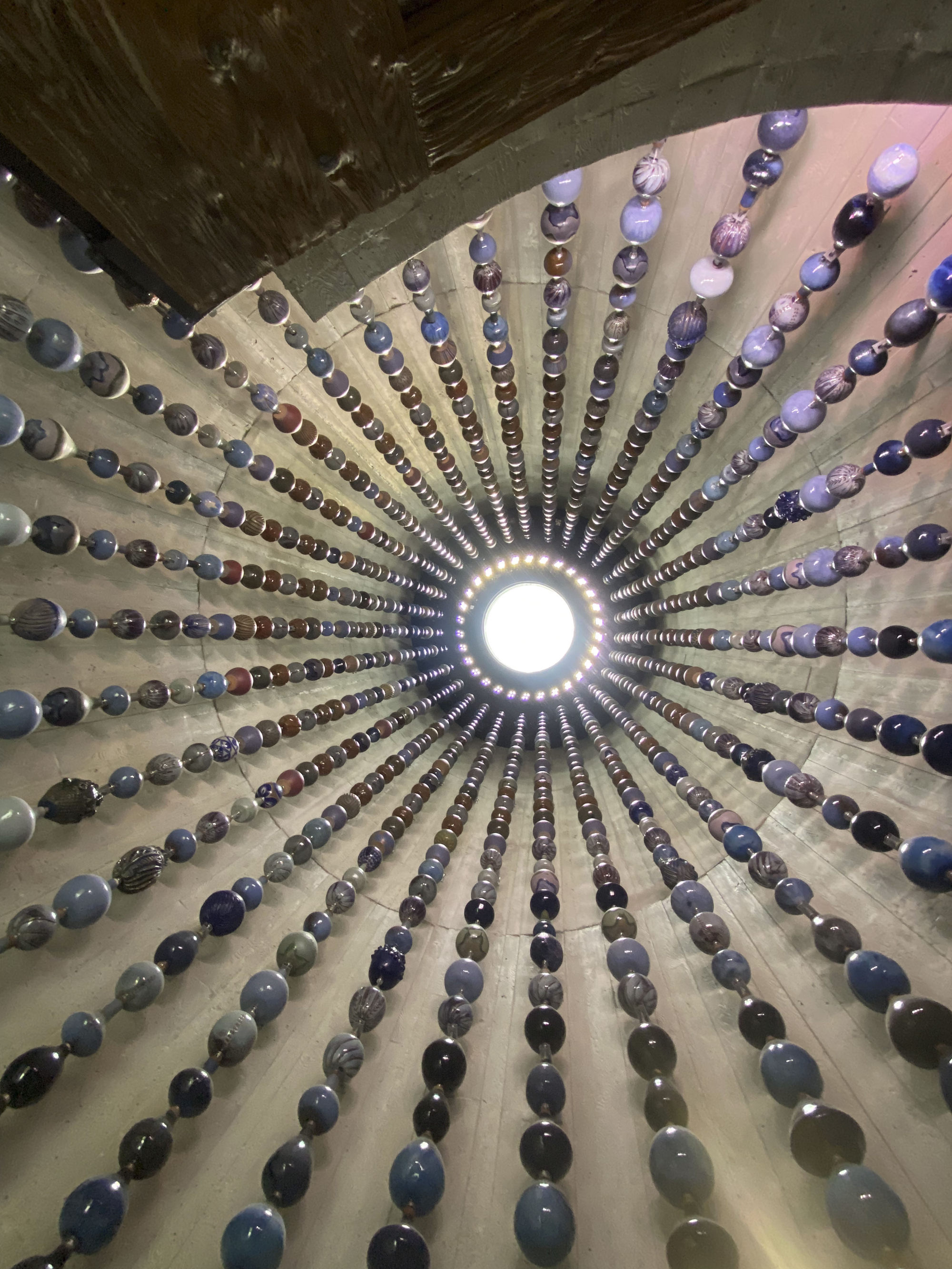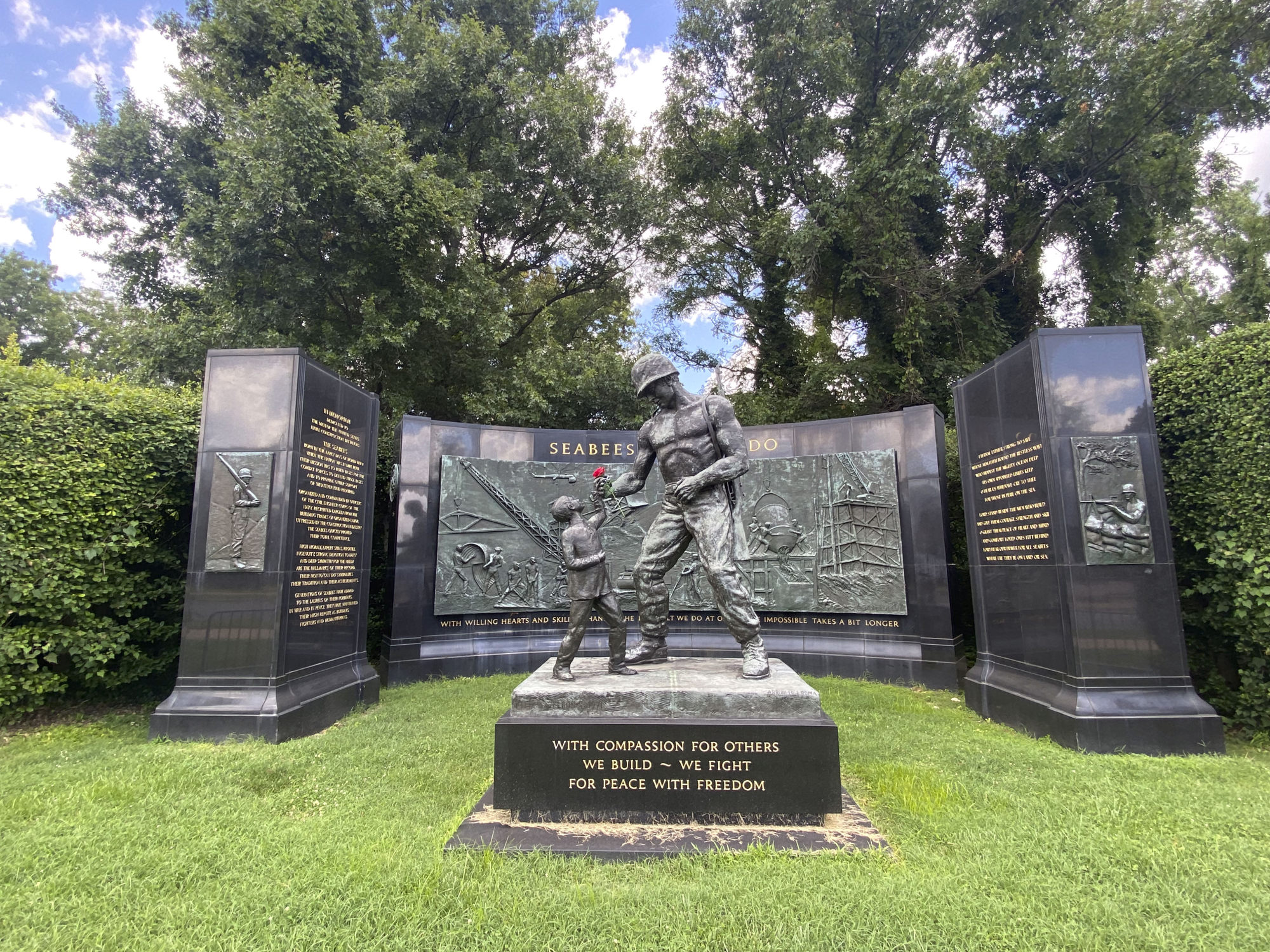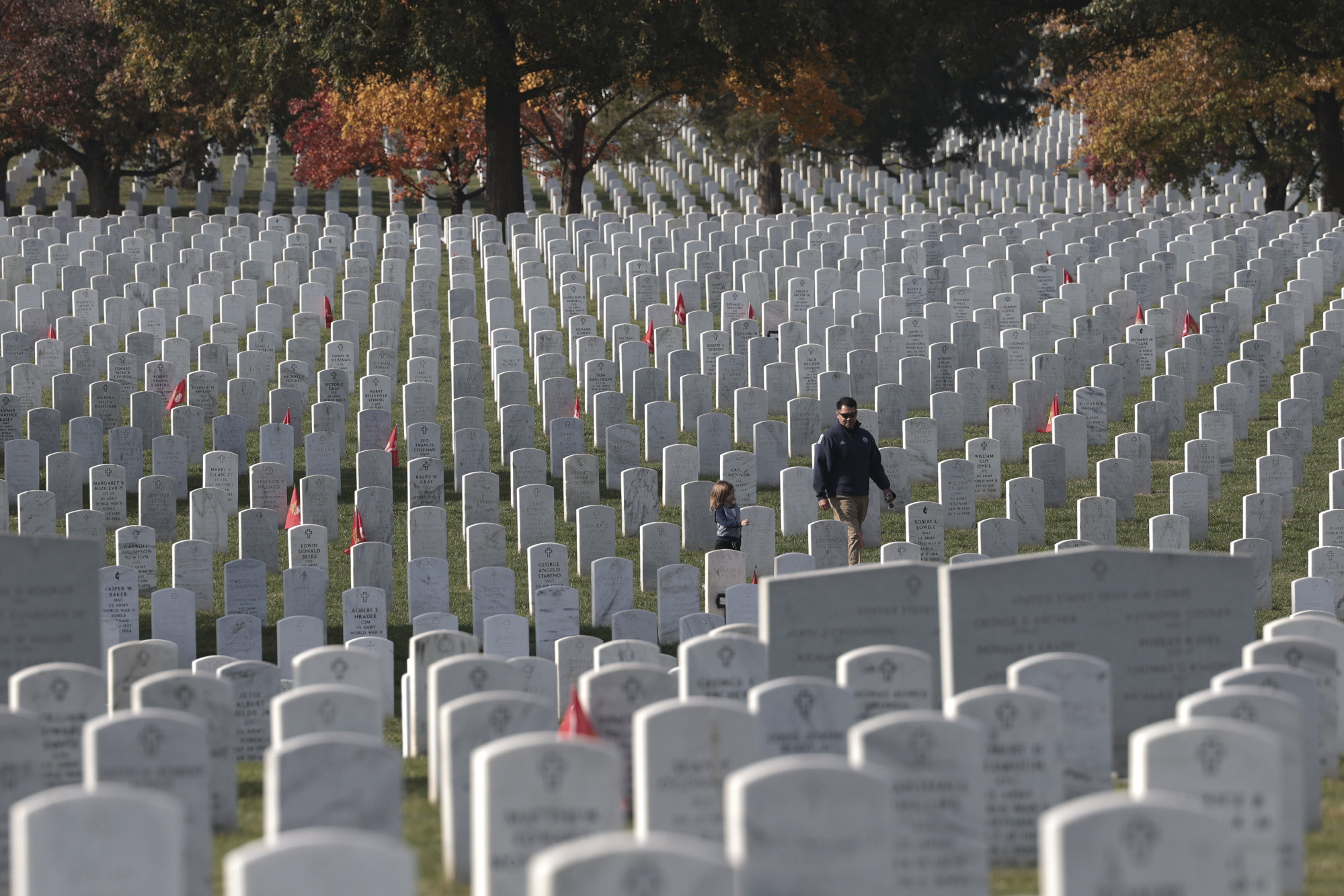HQ2 is in National Landing, a neighbourhood that derives its name partly from its proximity to the Ronald Reagan Washington National Airport and is the most developed area of Arlington, an urban county covering 25 square miles (65 square km). A fraction of the size of the national capital, Washington, which is just across the Potomac River, Arlington is increasingly being used as a base by visitors exploring the Capital Region.
Like pretty much everything else, hotels are cheaper in Arlington than they are across the river. Hop on the metro at Crystal City station and you’ll be in central Washington in 15 minutes.
Until recently, Arlington’s proximity wasn’t enough to interest tourists who wanted restaurants, bars and a buzzing neighbourhood to retreat to after they’d ticked off the capital’s landmarks, but hotel owners are now reporting a surge in bookings by those who see the new, improved Arlington as a destination in its own right.
Gen Z, millennial travel trends: Instagram-worthy vistas, rural homestays
Gen Z, millennial travel trends: Instagram-worthy vistas, rural homestays
Next to Amazon’s HQ2 but accessible to the public is the new, art-filled Metropolitan Park, in which can be found Queen City, an installation by mixed-media artist Nekisha Durrett.
Amazon commissioned the piece to honour Arlington’s history, and the cylindrical brick structure recalls the residents of the original Queen City, a neighbourhood demolished in 1941 to make way for the Pentagon, headquarters of the US Department of Defence.
Inside the walk-in art piece are 903 teardrop-shaped glass orbs, one for each uprooted resident.

Amazon has also installed a permanent banana stand beside the HQ’s entrance where anyone and everyone can help themselves to free fruit.
Just to the east of Metropolitan Park, across the US Route 1 highway, is the mighty Potomac. Not much beats an early morning pedal along its boardwalks crowded with squirrels, as eagles swoop across the river towards the Lincoln Memorial, the domed roof of which juts above the trees.
Bicycles can be hired through the Capital Bikeshare scheme app (we recommend the US$8 24-hour pass) and found at the many docking stations around town.


The 29km (18-mile) Mount Vernon hiking and cycling trail connects Arlington with Alexandria – famous for its cobbled streets and a cultural scene centred on the Torpedo Factory Art Centre, a former munitions plant filled with studios that double as shops – and the erstwhile home of George Washington, the first American president.
Within the sprawling Mount Vernon Estate are the tombs of Washington (who died in 1799) and his wife, Martha, a museum dedicated to the estate’s history, a farm and a memorial to slaves brought to America during the 18th century.
Washington might have Smithsonian museums and the White House, but Arlington has the headquarters of the Drug Enforcement Administration (DEA), housed in a nondescript building in the shadow of the Pentagon, part of which is open to the public.

Within are sections relating to American anti-drug comics published in the early 1900s and exhibits that include the prison uniform worn by Joaquin Guzman, the Mexican drug lord commonly known as El Chapo.
There is also a cast of Colombian narco-terrorist Pablo Escobar’s face, made during his time behind bars (why it was made is not clear), and beautiful weights used to measure out opium in Burma in the early 1900s.


Just to the north and beside the Potomac is the Arlington National Cemetery, the final resting place of 400,000; former slaves and park rangers, among others, lie alongside the many military personnel buried in this graveyard maintained by the US Army. It’s surreal to watch tourist-filled trolley buses buzz along the pathways.
The cemetery, listed on the National Register of Historic Places, is beautiful as well as sombre, thanks in part to the 8,000 trees, of 30 species, planted throughout.
Visitors staying in Arlington don’t have to cross the river to find culinary diversity; having long been a base for foreign embassy staff who work in Washington, a diverse food scene began to develop long before Amazonians started looking for lunch.


Highlights include Buena Vida, famous for its Mexican delicacies, and Ambar, a Balkan restaurant on Wilson Boulevard, within a two-minute walk of which are outlets serving tasty French food, Japanese barbecue fare and Southeast Asian cuisine.







